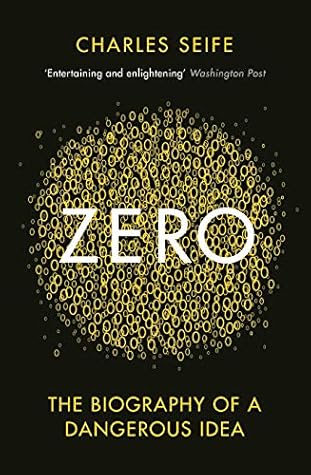The Greeks were stumped by the problem, but they did find the source of the trouble: infinity. It is the infinite that lies at the heart of Zeno’s paradox: Zeno had taken continuous motion and divided it into an infinite number of tiny steps. Because there are an infinite number of steps, the Greeks assumed that the race would go on forever and ever, even though the steps get smaller and smaller. The race would never finish in finite time—or so they thought. The ancients didn’t have the equipment to deal with the infinite, but modern mathematicians have learned to handle it. The infinite must
The Greeks were stumped by the problem, but they did find the source of the trouble: infinity. It is the infinite that lies at the heart of Zeno’s paradox: Zeno had taken continuous motion and divided it into an infinite number of tiny steps. Because there are an infinite number of steps, the Greeks assumed that the race would go on forever and ever, even though the steps get smaller and smaller. The race would never finish in finite time—or so they thought. The ancients didn’t have the equipment to deal with the infinite, but modern mathematicians have learned to handle it. The infinite must be approached very carefully, but it can be mastered, with the help of zero. Armed with 2,400 years’ worth of extra mathematics, it is not hard for us to go back and find Zeno’s Achilles’ heel. The Greeks did not have zero, but we do, and it is the key to solving Zeno’s puzzle. It is sometimes possible to add infinite terms together to get a finite result—but to do so, the terms being added together must approach zero.* This is the case with Achilles and the tortoise. When you add up the distance that Achilles runs, you start with the number 1, then add 1/2, then add 1/4, then add 1/8, and so on, with the terms getting smaller and smaller, getting closer and closer to zero; each term is like a step along a journey where the destination is zero. However, since the Greeks rejected the number zero, they couldn’t understand that this journey could ever have an end. To them, the numbers 1,...
...more
This highlight has been truncated due to consecutive passage length restrictions.


